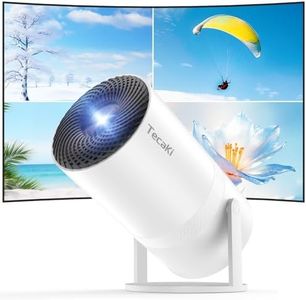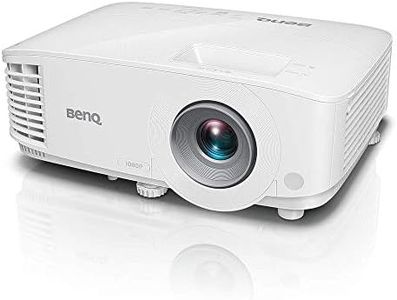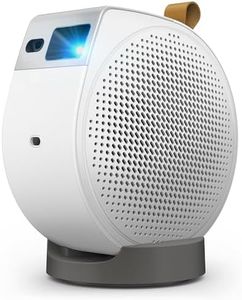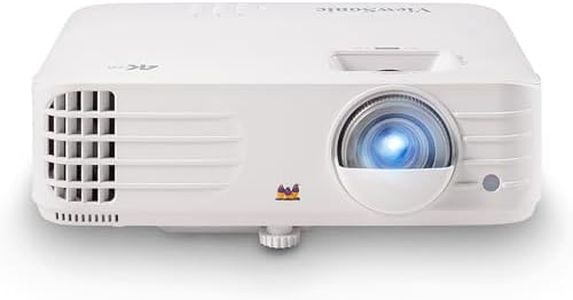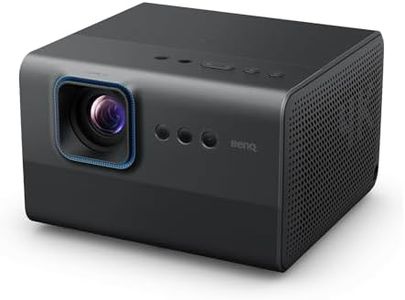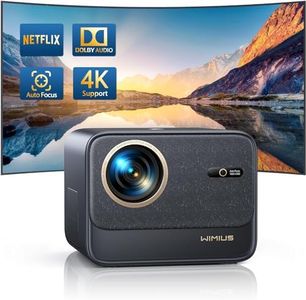We Use CookiesWe use cookies to enhance the security, performance,
functionality and for analytical and promotional activities. By continuing to browse this site you
are agreeing to our privacy policy
10 Best HD Projectors
From leading brands and best sellers available on the web.Buying Guide for the Best HD Projectors
Choosing an HD projector should start with a good understanding of where and how you plan to use it. Think about your room size, the typical lighting conditions, and what you'll be watching—like movies, games, or business presentations. Projectors come with a range of features and specs that dramatically affect image quality and how well the projector fits your needs. To find the best fit, get familiar with the main specifications, what they mean, and which are most important for your personal viewing environment.ResolutionResolution refers to the number of pixels that make up the image on the screen, usually described as 1920x1080 for full HD. A higher resolution means a sharper, clearer image, which is especially important for larger screens or sitting closer. Most HD projectors are at least 720p or 1080p, with 1080p being standard for clearer quality. Consider what you will be projecting; for movies or gaming, 1080p offers the best experience, while 720p might be fine for basic presentations or casual viewing.
Brightness (Lumens)Brightness, measured in lumens, determines how well the image will appear in different lighting situations. A higher lumen count means a brighter picture, which helps in rooms with windows or ambient light. Projectors usually range from around 1,500 to 3,500 lumens. For dark rooms, 1,500–2,000 lumens is often fine, but if you’ll be using the projector in a well-lit room, look for 2,500 lumens or more so your image isn’t washed out.
Contrast RatioContrast ratio is the difference between the brightest whites and the darkest blacks a projector can display. A higher ratio provides more depth and realistic color, which is especially noticeable in movies and video. Contrast ratios can run from a few thousand to over 100,000:1. In real-life use, however, this number is affected by lighting and screen quality, so use it as a guideline rather than an absolute. If you want strong movie performance, prioritize a higher contrast ratio, but for data presentations, it's less critical.
Throw DistanceThrow distance is the space between the projector lens and the screen, affecting how large an image you can display in your room. Projectors are categorized into short-throw, regular, and long-throw. Short-throw models can project large images from closer up—ideal for small rooms—while long-throw models are good if the projector needs to be far from the screen. Measure your available space before choosing; if you have limited distance, a short-throw projector may be necessary.
Inputs and ConnectivityThis spec tells you what devices you can attach, such as laptops, gaming consoles, or streaming sticks. Common connections include HDMI, VGA, USB, and sometimes wireless options. It’s important to check that the projector supports your preferred devices. For most users, at least one HDMI port is necessary for easy hookup of modern devices. If you want to connect wirelessly or use a smartphone, check for Bluetooth or Wi-Fi support.
Lamp LifeLamp life indicates how long the projector’s bulb will last before it needs replacing, often listed in hours. Projectors range from about 2,000 to over 20,000 hours depending on technology. Longer lamp life means less maintenance and lower long-term cost. If you plan to use the projector frequently or for long sessions, look for higher lamp life to minimize replacements.
Built-In AudioSome projectors include built-in speakers, which can be convenient for casual use or portable setups. However, these speakers are usually basic and not suitable for a full home theater experience. If sound quality is important, consider how you’ll connect external speakers. For occasional use in small rooms, built-in audio may suffice, but for movies or games, plan to use a separate sound system.

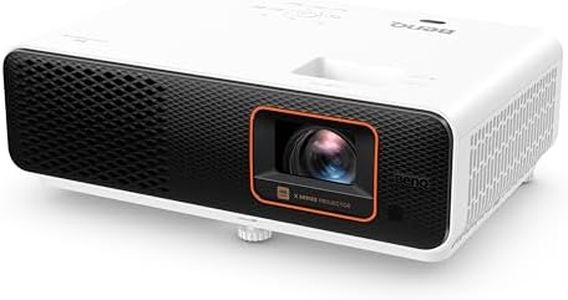
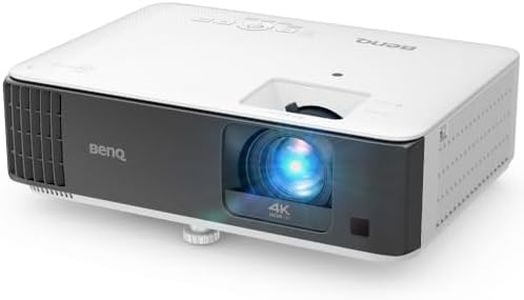
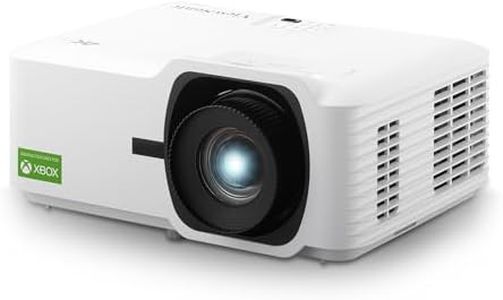
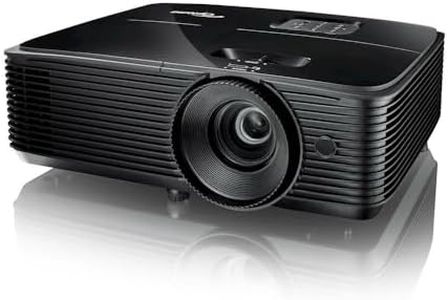
![[Netflix Official & Electric Focus] 2025 Upgraded XuanPad Mini Projector with WiFi and Bluetooth, Full HD 1080P, Auto Keystone, 210° Rotatable Stand, Smart Portable Projector for Phone](https://images-proxy.bestreviews.guide/rZ_kcYN1CVp6SJQRxPBDlgeZ28c=/0x300/https://m.media-amazon.com/images/I/516R9wCqYJL._AC_CX679_.jpg)


